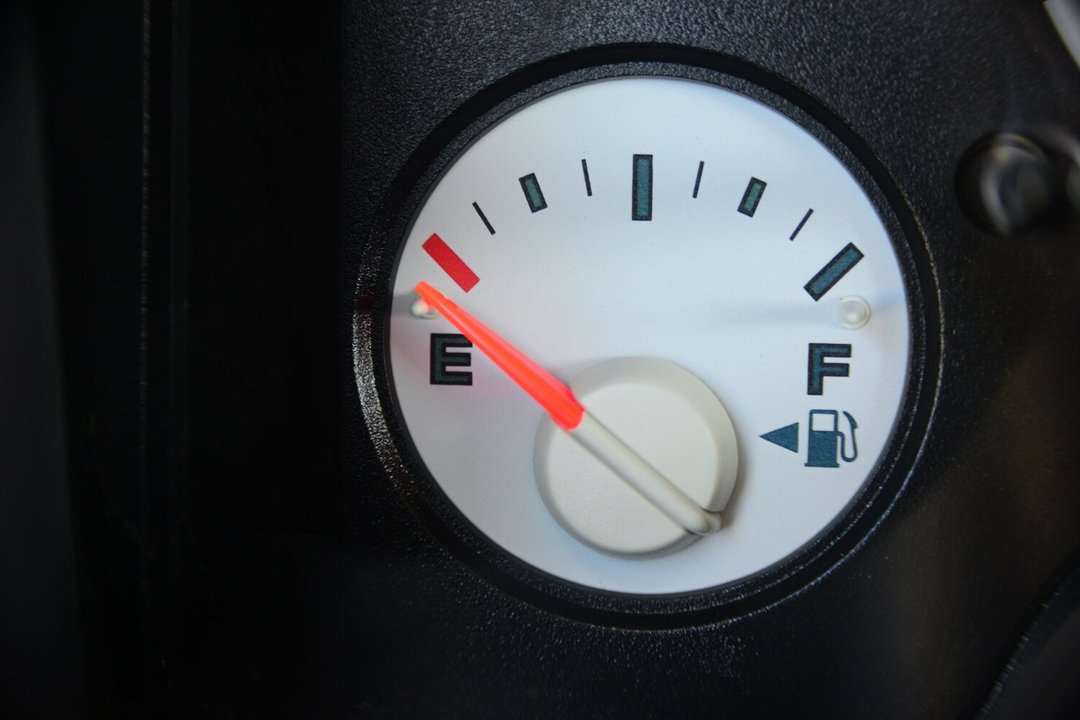
Most 4×4 enthusiasts find the idea of a compact car owner complaining about the price of fuel absurd and laughable. A typical compact car has a 12 to 17-gallon fuel tank, which could cost as little as $30 to fill. By comparison, many modern gas and diesel 4x4s feature fuel tanks that are double that size and cost more than $100 to fill. Of course, larger and heavier 4×4 trucks and SUVs offer more capability than any compact car. Seating, cargo, and towing capacity are all significantly higher in a four-wheel-drive truck or SUV. And, most compact cars have zero off-road capability. Although, it can be fun to find out if they do.
All of that capability comes at the cost of fuel economy. As of this writing, the average price of regular unleaded fuel in the US is $2.66 per gallon and diesel is $3.00 per gallon. Some states, such as California, are punished with a much higher fuel price average of $4.17 per gallon for regular unleaded and $4.04 per gallon for diesel. It’s safe to say that pretty much every 4×4 enthusiast is interested in keeping more of that money in their pockets by increasing fuel economy. This is especially true if it doesn’t affect overall on- and off-road performance. The good news is there are several ways to do just that. And it doesn’t matter what make your 4×4 is or if it is gas or diesel. Read on to find out what modifications and changes you can make to squeeze every mpg from your fuel tank.
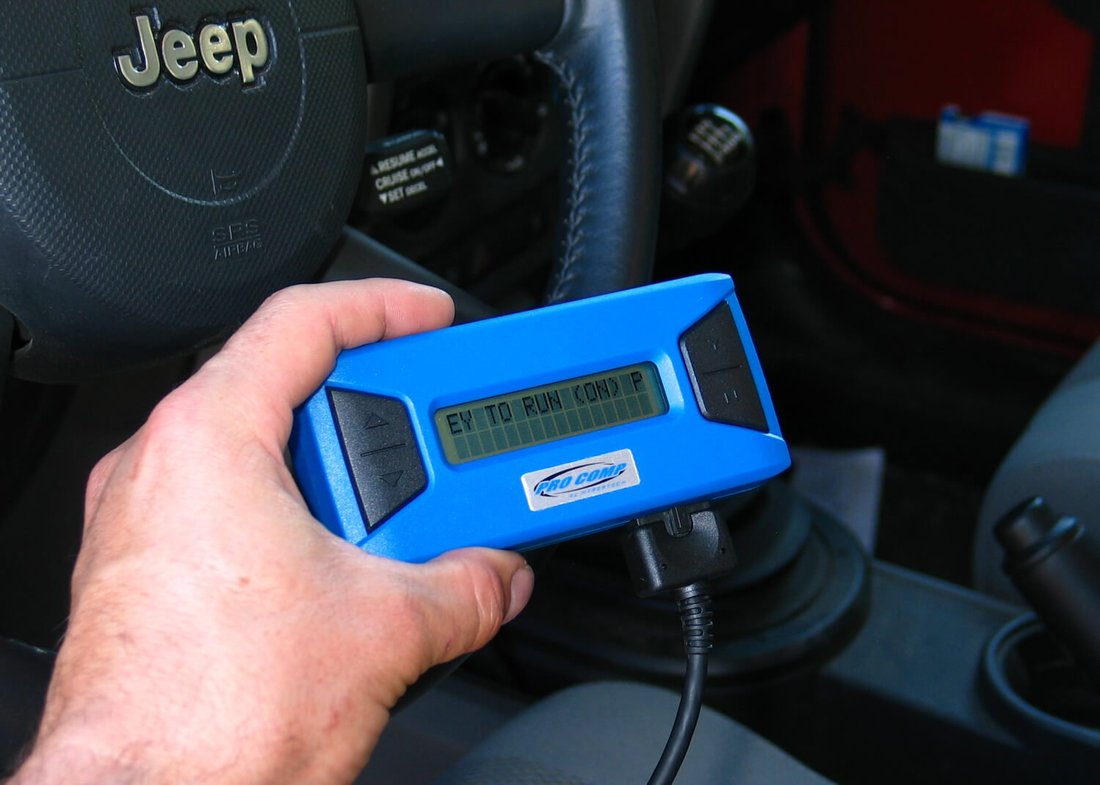 | 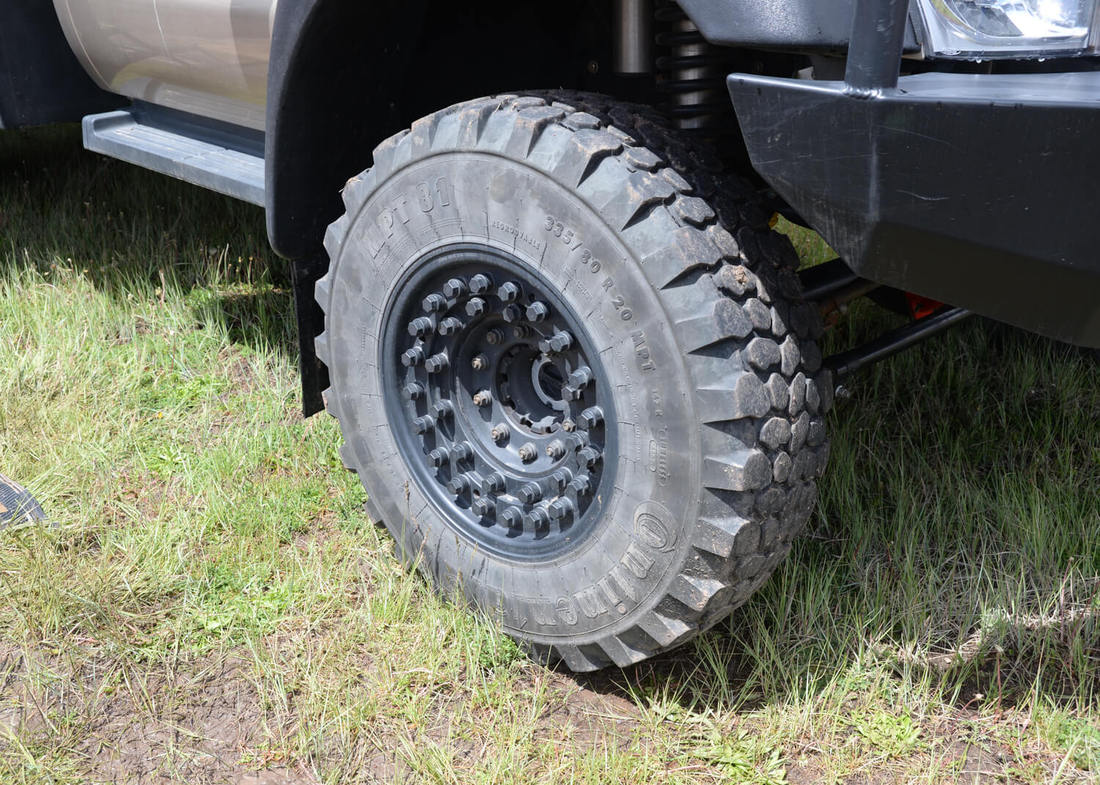 |
How Will Correcting My Speedometer Increase Fuel Economy?
Correcting the speedometer after installing larger diameter tires or altering the axle gear ratio will not only allow the drivetrain to last longer and operate more efficiently, your speedometer will be accurate too. Accurate measurement of the distance your 4×4 travels is essential when trying to figure out what kind of fuel economy you’re getting. The addition of larger diameter tires slows the speedometer, meaning the odometer will be running slower as well. Increasing the tire diameter of a 4×4 from 33 inches to 38 inches would result in the odometer being 15 percent slow. Your calculated fuel economy will be 15 percent less than it is. Not even the factory fuel economy gauge in the dash of your 4×4 will be accurate until you correct the speedometer. Several different companies offer aftermarket programmers that can alter the speedometer of your 4×4 by compensating for tire diameter and axle gear changes.
How Do My Tires And Wheels Affect Fuel Economy?
Tire and wheel selection, regardless of tire diameter, will have a significant effect on fuel economy. Lighter tire and wheel combinations will provide better fuel economy than heavier tire and wheel combos. Aluminum wheels are generally lighter and will offer more mpg than heavier steel wheels. Look for lightweight tires with the tread and tire carcass features you need. For example, avoid installing heavy-duty load range E tires on lightweight 4x4s that don’t require that kind of load capacity.
Also, keep wind resistance in mind. Less wind resistance equals better fuel economy. Each tire is like a barn door swinging in the wind when your 4×4 is traveling at 60 mph. Narrow tires and wheels offer less wind resistance than overly wide tire and wheel combos. Rolling resistance is critical too. Incorrect tire pressure is a common cause of bad gas mileage as under-inflated tires unnecessarily increase rolling resistance. Purchase a quality tire gauge and periodically check and correct the air pressure in your tires. Also, a knobby mud-terrain tire offers more rolling resistance than a less aggressive all-terrain tire. If fuel economy is essential, be sure that you genuinely need mud tires before slapping them on your 4×4.
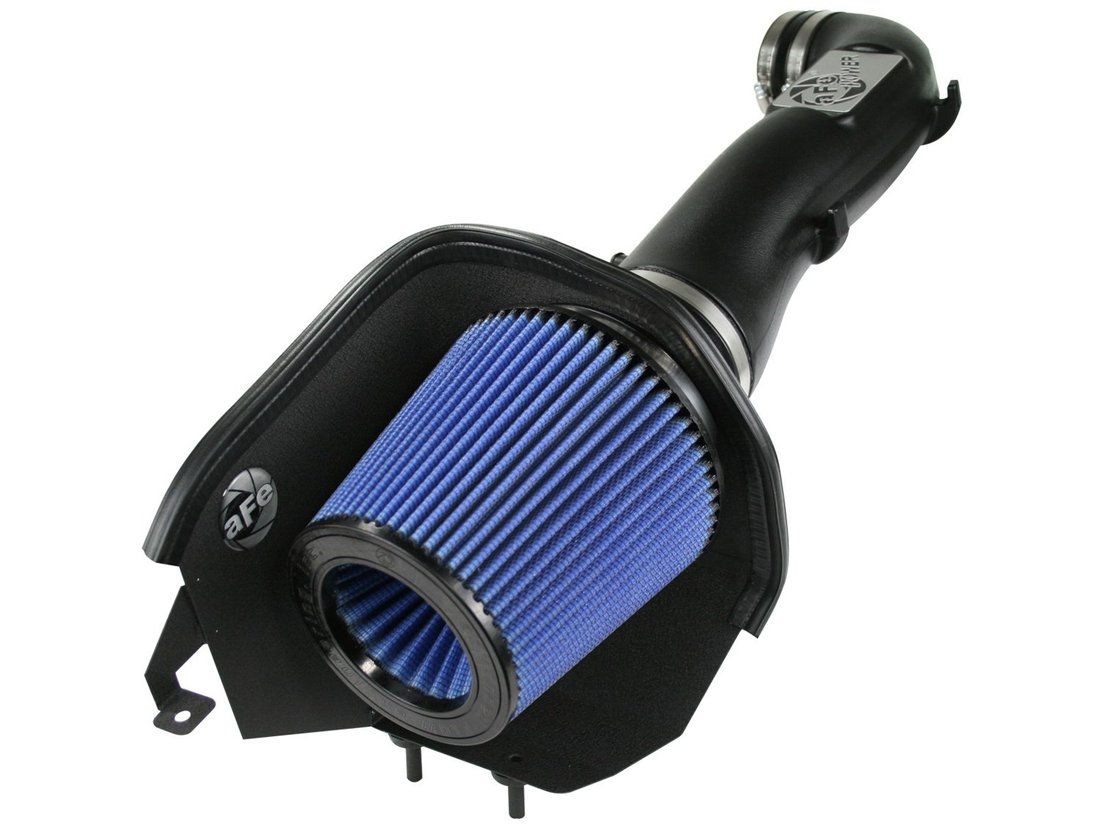 | 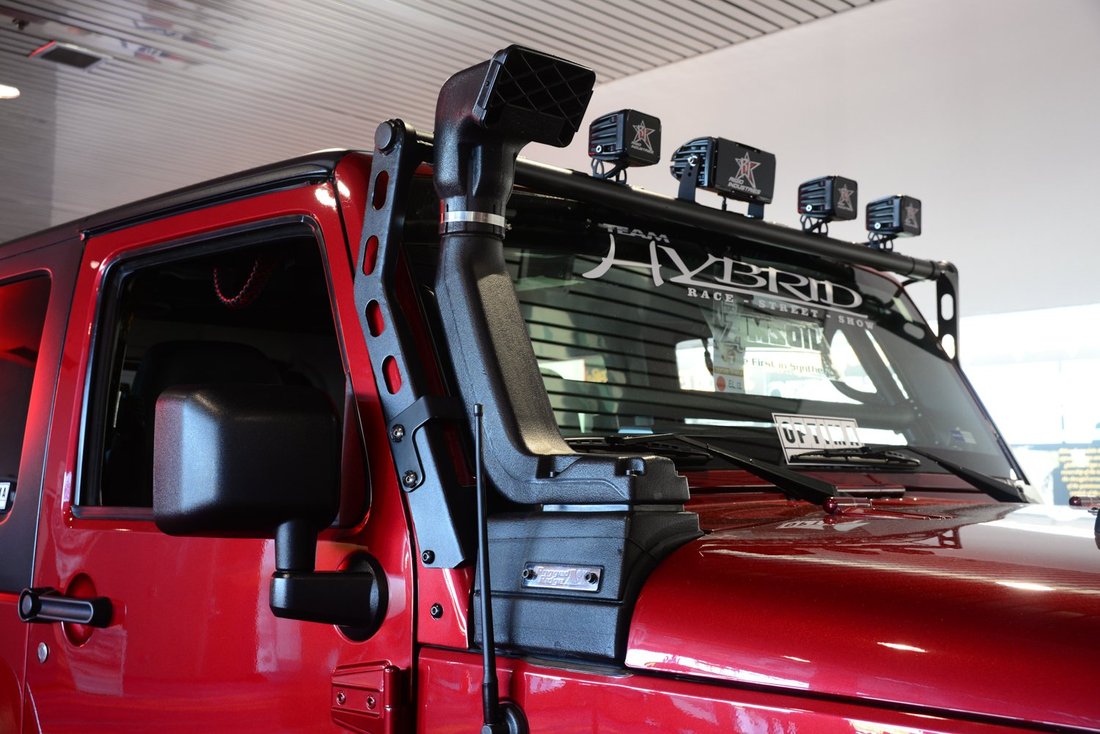 |
What Aftermarket Accessories Will Increase Fuel Economy?
Contrary to some of the unbelievable infomercials out there, few aftermarket accessories will improve fuel economy. In most cases, modern factory air filter boxes and intake tubes are restrictive. They have been proven on many occasions to decrease engine efficiency and fuel economy. The reason is simple as automotive engineers want to protect the paper air filter from water and dirt. They also want to minimizing air intake noise. This is done with a sealed airbox and complex intake tubes. An open-element cold-air intake will free up those restrictions and not only make more power, but increase fuel economy too. Just remember, horsepower and fuel economy gains depend upon how restrictive the factory intake is.
Aftermarket performance engine tuners can also be used to improve mpg. Many of them feature a fuel economy setting that reduces performance to increase fuel economy. This mode will usually make the most significant mpg improvement on 4x4s with diesel engines and gasoline V8s. Some tuners require premium unleaded, though, which makes minor fuel economy gains a wash.
What Aftermarket Accessories Decrease Fuel Economy?
If a performance part makes more power, usually it will decrease fuel economy. In most cases, you need more fuel to increase power output. For many years, some argued that an aftermarket supercharger would increase fuel economy because you wouldn’t have to stomp on the throttle as much. Unfortunately, we’ve rarely seen that to be true. Other aftermarket components that will decrease fuel economy include big lift kits and other parts that increase the wind resistance of your 4×4. Lightbars, roof racks, larger aftermarket mirrors, chunky front bumpers, and anything that protrudes off of the exterior of your 4×4 will increase wind resistance and decrease fuel economy. If you want to add these types of accessories and maintain acceptable mpg, look for aftermarket parts with sleek, low-profile designs that don’t hang out in the wind like a parachute.
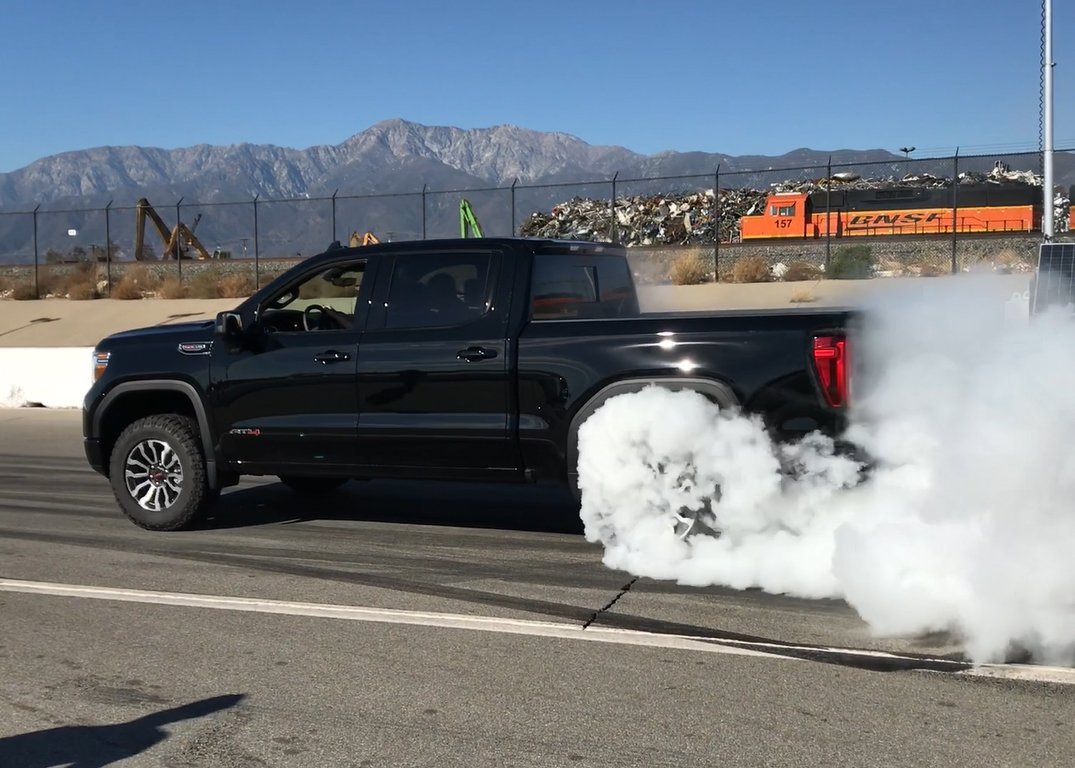 | 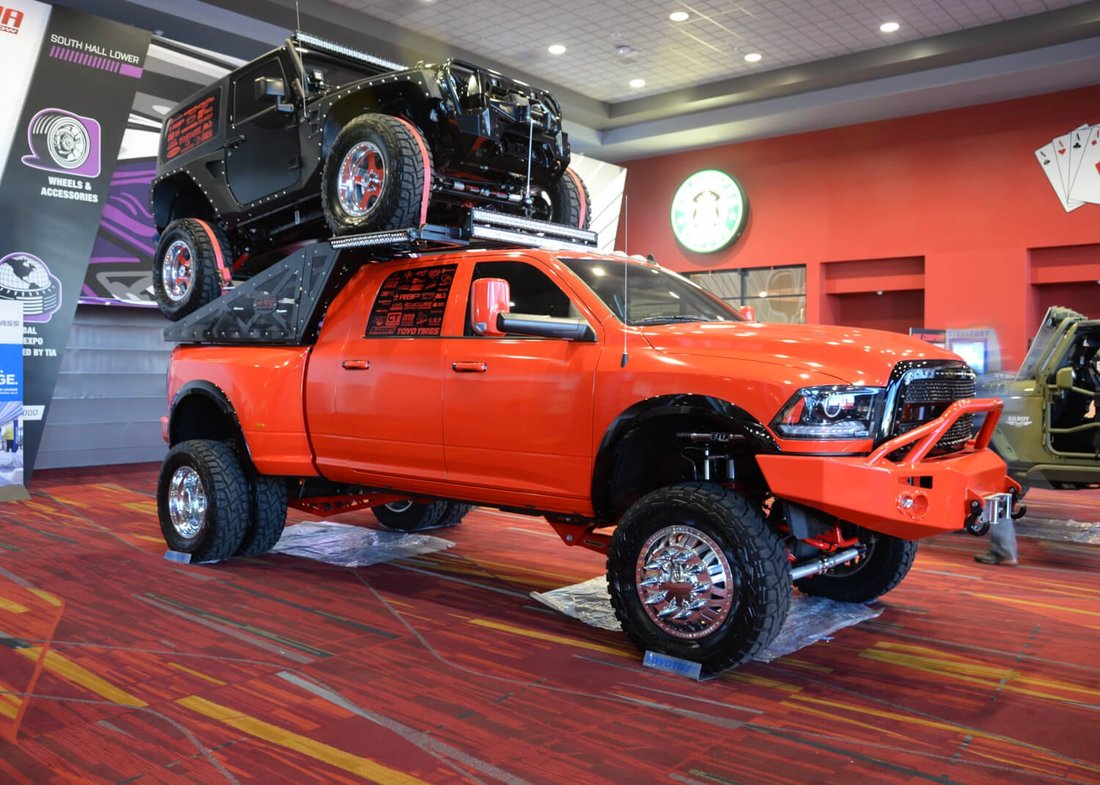 |
Will My Driving Habits Affect My Fuel Economy?
Unfortunately, your driving habits will have more of an effect on your 4×4’s mpg than adding any aftermarket part. The good news is that that you don’t have to be an extreme hypermiler to see mpg improvements. And, changing your driving habits doesn’t cost a dime. The bad news is that it can be incredibly difficult and frustrating for some 4×4 enthusiasts to drive in the manner necessary to increase fuel economy. To prove a point, we once taped a block of wood under the throttle pedal of a 4×4 that only allowed use of a 1/4 throttle. We saw a significant increase in fuel economy, but it was extremely frustrating (and potentially dangerous) driving slow everywhere.
A better method is to try to hyper mile wherever you go. Avoid jackrabbit starts and frequent stops. Try to maintain smooth and slow throttle control, and you’ll see mpg gains right away. Also, use cruise control whenever possible. It reduces throttle manipulation and improves mpg.
What Other Things Should I Consider To Improve Fuel Economy?
A certain amount of energy is needed to move the given weight of a 4×4. If you can decrease the overall weight of your 4×4, you can reduce the amount of energy and fuel needed to move it. Nonessential cargo should be freed from your 4×4. For example, toting a rooftop tent while commuting daily is a double whammy on your fuel economy. It slaps you with increased wind resistance as well as added weight. Hauling heavy snow chains year-round is also unnecessary. Consider seasonally emptying your 4×4 of items you don’t need. A small weight reduction will improve your mpg only slightly, but removing 500-1,000 pounds of camping and recovery gear from your daily commuter could make a significant difference in fuel economy. And, it will improve acceleration and braking performance.
Products We Used In This Article
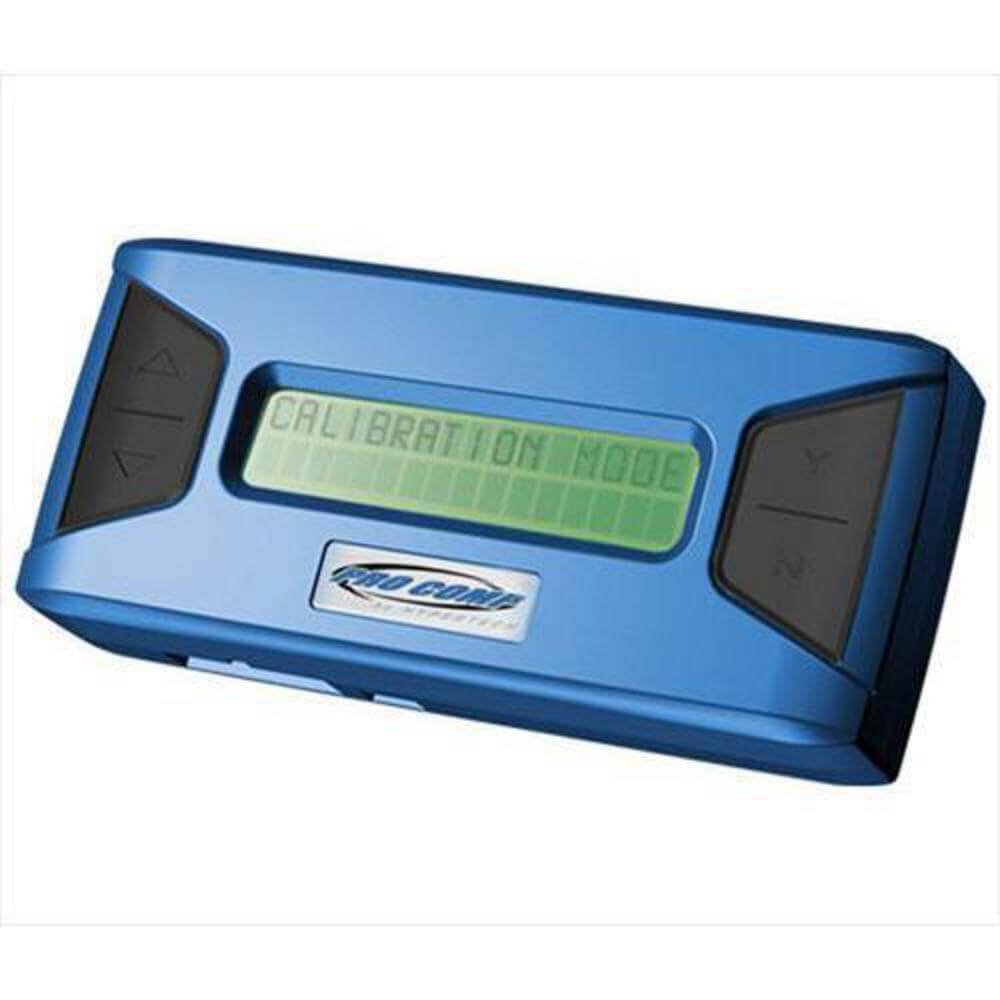 | 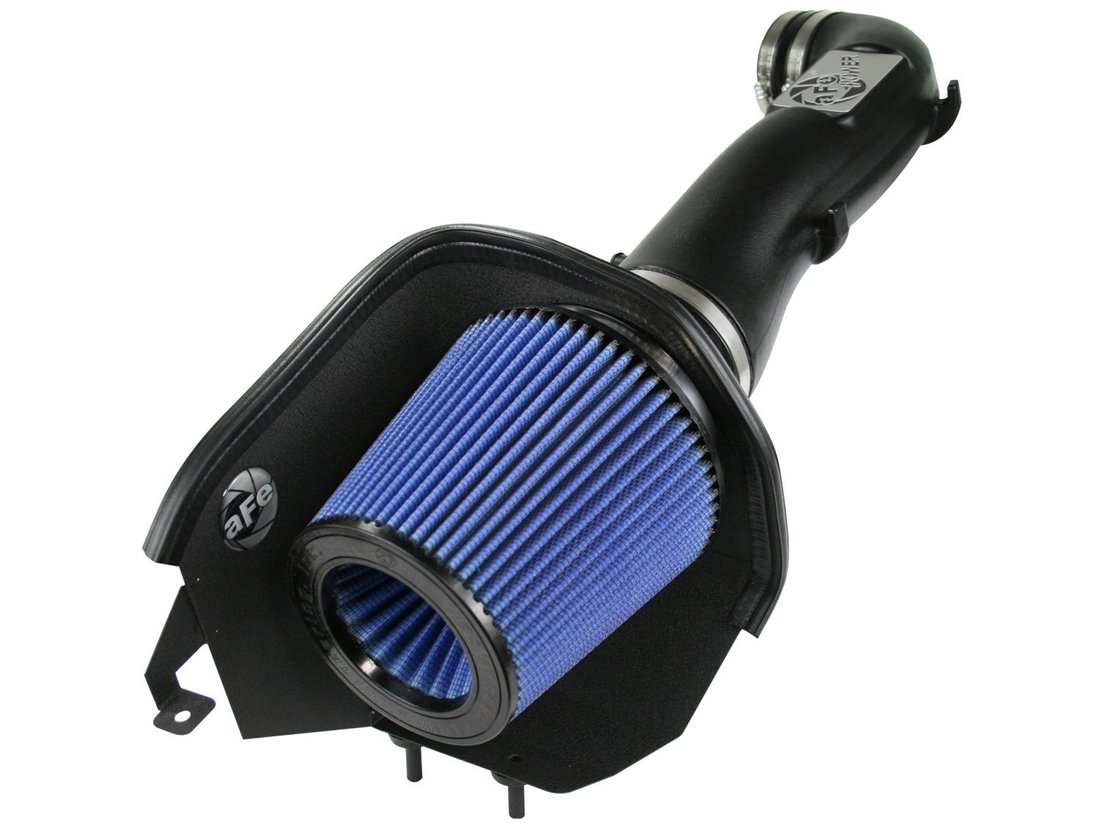 |
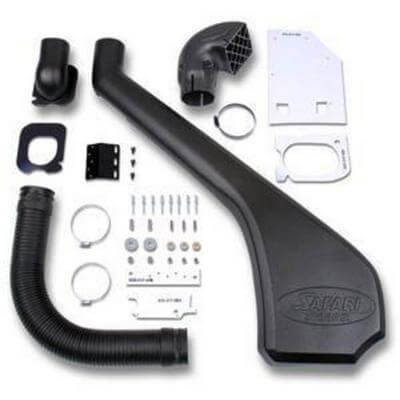 |

